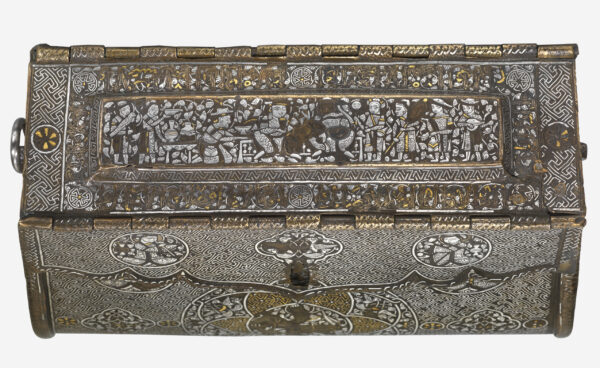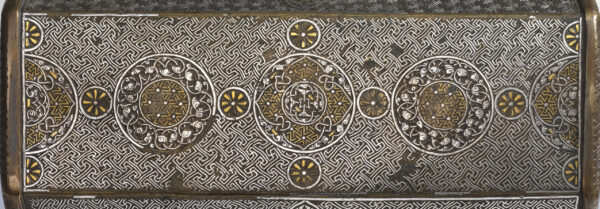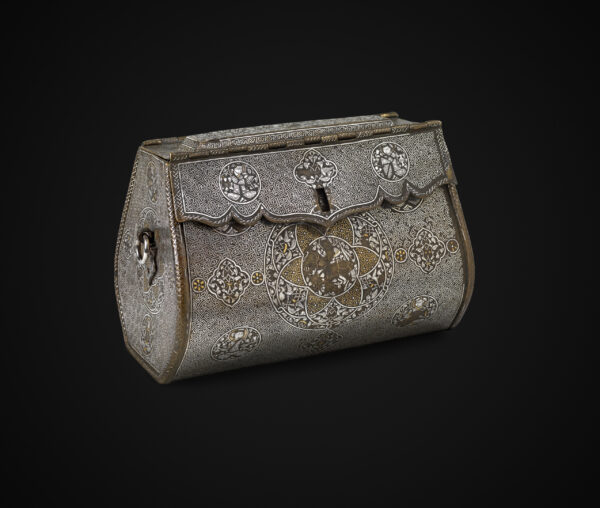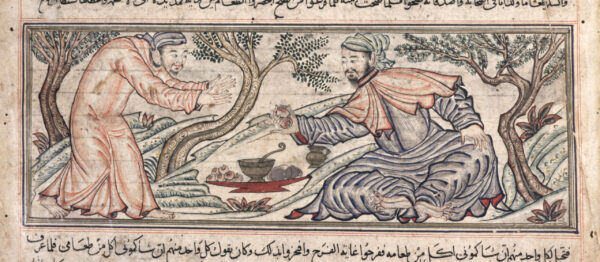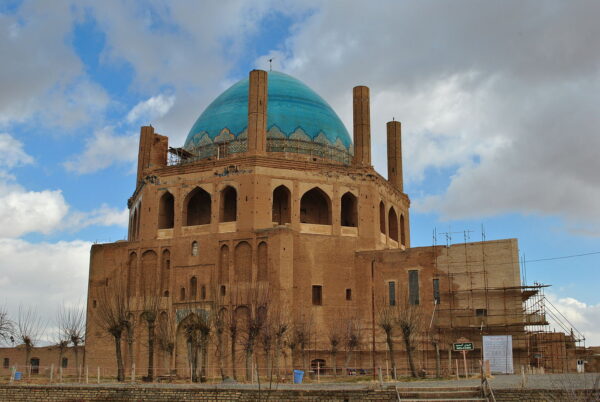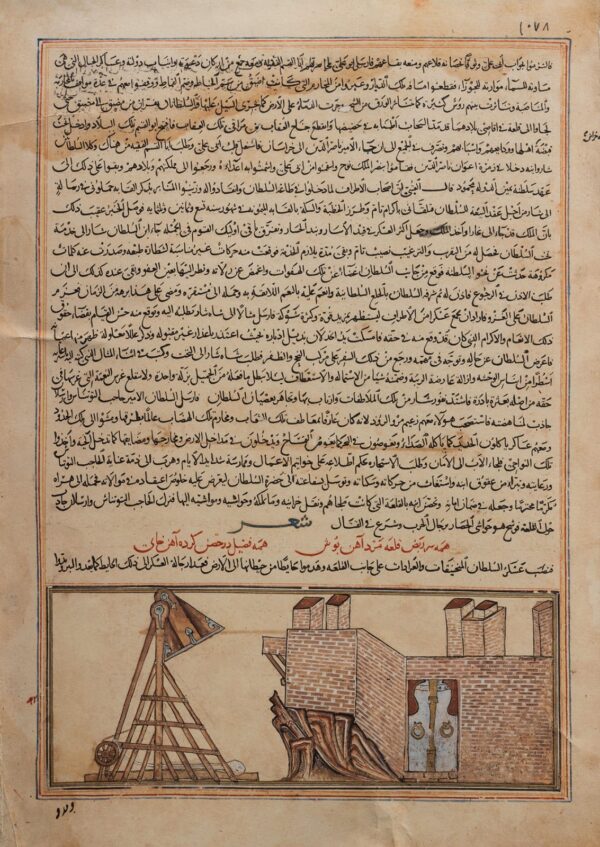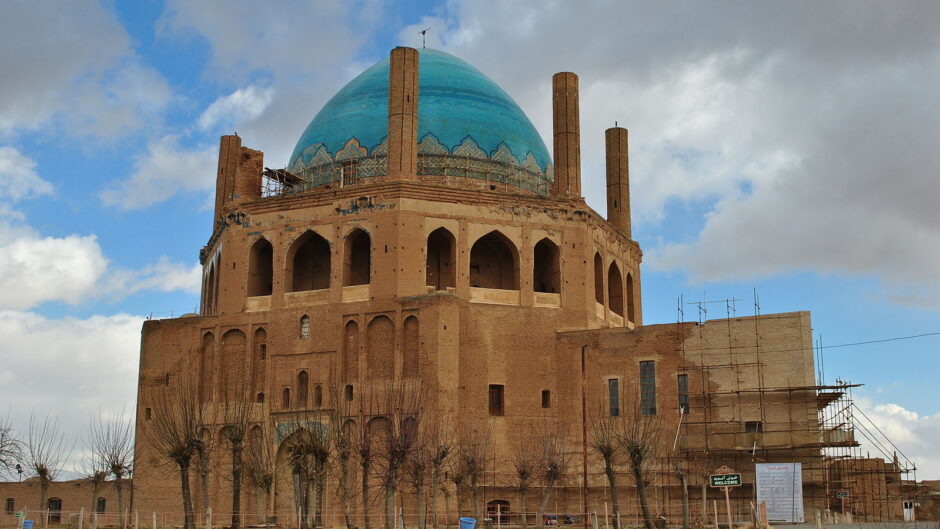Court and Commerce: Arts of Islam and the Great Mongol State, 1206-1368 is a new MA Special Option inspired by the enormous growth in Mongol studies and a co-curated forthcoming exhibition project (Royal Academy of Art). Court and Commerce focuses on the arts and architectural campaigns commissioned by the Mongol rulers in West and Central Asia. The MA considers the extraordinary disruptions caused by sudden arrival of the Mongol hordes and the invasions which left vast areas of Asia desolate, caused the spread of the Black Death well into Europe, and which was especially devastating to the Muslim world for the Mongols put an end to the caliphate in Baghdad.
The world-scale ambitions of the Mongols, set in motion by the chief of all Mongol tribes Temüjin, known as Genghis Khan (r. 1206-27), channeled into an Afro-Eurasian empire, The Great Mongol State, yeke Mongyol ulus or the ‘nation of the great Mongols’. This became the largest contiguous land empire in history, forming four interlinked, competing, and collaborative dominions or khanates (khaqanates) that spanned from the Pacific to the Mediterranean during the 13th and 14th centuries. Emanating from a steppe culture of nomadic peoples, the khanates of Yuan in today China (1271-1368), the Ilkhanate in today Iran and Iraq (1256-1335), the Chagatai in today Uzbekistan (1225-42 and until splits and dissolves in 1340s), and Golden Horde in today Russia, Eastern Europe including Ukraine (1242-1280), came into contact with settled urbanized peoples with whom they formed independent polities with local ambitions. Out of this enormous trans-Asian expanse, which had its own internal chaotic political histories, emerged some of the most stunning objects ever crafted with wonderous new materials and innovative technologies.
We study the arts, architecture, and cities of the Mongols especially in Iran and Iraq. Cloth of gold, blue and white variety in ceramics, and extraordinary works of art on paper became the hallmarks of a global Mongol brand. New genres of literature, including new illustrated bilingual world histories, the first ever conceived to be truly world scale; buildings which became, for their sheer scale, innovative engineering, and decorative strategies, models to emulate by Mediterranean polities; novel technologies in gardening and agriculture; an explosive new demand for copiously and luxuriously illustrated copies of the Shahnama (book of kings); courtly fashions tailored from spectacular gold and silver thread lampas weave, accompanied by inlaid metal bags (like The Courtauld Bag) and bejeweled accoutrements of dress and horse trappings; the variety and innovative solutions to making bling are endless. This is a period we might see as an era when the concept of ‘recognised difference’ allowed for peoples of very different backgrounds to interact in proximity regardless of differences. The result was the relative affluence and high mobility of diverse local elites who contributed to an effervescence of culture scarcely expected after the wreckage wrought by the Mongol invasions during the first half of the 13th century.
This Special Option deploys a range of art historical methods of analysis and is transdisciplinary and transcultural in its approach to the material culture of the Mongol era in West Asia. Students will participate, through their first assessed essay, in collaborative student research that will be published on Things That Talk. Throughout, students acquire transferable skills including production of richly informative and accessible object stories, as well as skills applicable to curatorial and cultural heritage careers, among others.
Course leader: Professor Sussan Babaie
In the event that a course leader is on sabbatical, takes up a fellowship, or otherwise is not able to teach the course, they will be replaced by another experienced course leader either for a semester or, in some cases, the academic year.
Please note: whilst many Special Options will include site visits within the UK and further afield, these are subject to confirmation.
